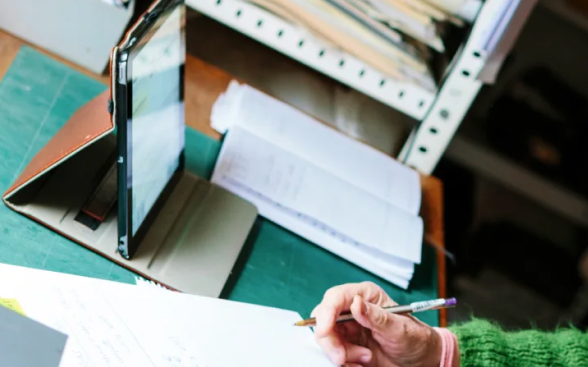Menu
* A Grant DOI (digital object identifier) is a unique, open, global, persistent and machine-actionable identifier for a grant.
Does collective action require a large brain? Can collective behavior and the foundations of cumulative culture emerge from the independent action of individuals?
Despite radically smaller and, in some cases, differently organized brains, species like cockroaches and rats flourish, potentially even using sophisticated collective behaviors to shape their environments to their advantage. While rats are well known to evince strong social bonding and even have been shown to display altruism, there are only preliminary indications that roaches have similarly sociable lives. A new project from a team directed by Sarah Brosnan at Georgia State University and co-directed by Cristine H. Legare at The University of Texas at Austin will explore collective action and cultural transmission in cockroaches and rats.
The team will test whether roaches and rats can use capacities that are hallmarks of cumulative culture, coordination and cultural transmission to optimize their outcomes.
The research aims to provide novel insight into how individual decisions influence collective behaviors that provide the foundation for cumulative culture – coordination, transmission, and copying – and the degree to which the social dynamics influences these behaviors.



